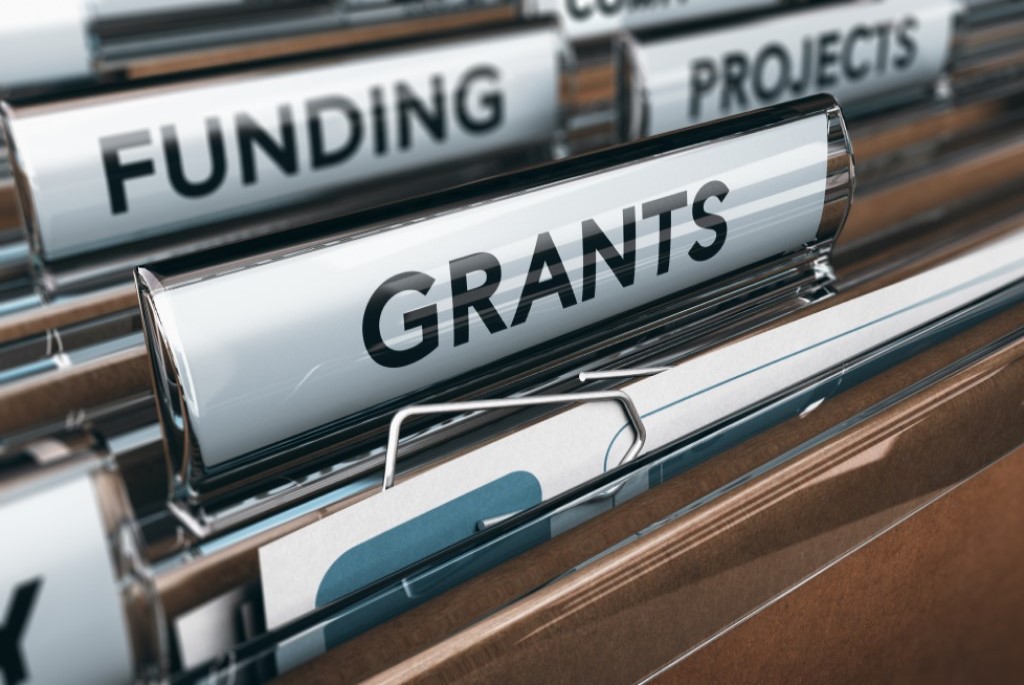Effective May 21, 2023, P&N has joined EisnerAmper. Read the full announcement here.

This article is the first in a multi-part series to help guide governmental organizations through the implementation of GASB 87.
The Governmental Accounting Standards Board (GASB) issued GASB 87 in June 2017. This new lease standard was originally effective for years beginning after December 15, 2019. However, GASB postponed that implementation date to fiscal years beginning after June 15, 2021, through GASB 95. The new lease standard will need to be adopted for fiscal years ending June 30, 2022 or later. It applies to both lessees and lessors.
In order to understand and discuss GASB 87, we’ll need to dispose of some old terminology. Lessees will no longer use the terms capital lease and operating lease. Lessors will no longer use the terms sales type, direct financing, leverage, or operating leases.
Conceptually, the new lease standard presumes that the right to use another entity’s nonfinancial asset (e.g., land, buildings, equipment), as conveyed in a lease contract, has value and should be recognized as an asset and amortized as specified by the standard.
What is a lease?
GASB 87 includes the following definition of a lease that applies to both lessees and lessors:
A contract that conveys control of the right to use another entity’s nonfinancial asset (the underlying asset) as specified by the contract for a period of time in an exchange or exchange-like transaction. A nonfinancial asset includes land, buildings, or equipment.
This definition forms the basis for the remainder of the standard and the words underlined are key characteristics that must be identified in the contract for it to be considered a lease. Each lease will be considered a financing arrangement and will be accounted for like debt.
Some leases are excluded from the requirements of this standard. Items specifically excluded include:
- Short-term leases (as defined in the standard);
- Intangible or biological assets;
- Leases of inventory;
- Service concession arrangements;
- Assets financed with conduit debt (unless both assets and conduit debt are reported by the lessor; and
- Certain supply contracts or leases.
In addition to the above, a contract wherein there is an ownership transfer that does not contain options is considered a financed purchase (lessee) or a sale of an asset (lessor) and excluded from the requirements of this standard.
Calculating the lease asset and liability
For lessees, the lease liability is measured at the present value of expected payments made during the lease period (less any lease incentives). The lease asset is measured as the initial lease liability plus any other payments made to the lessor to get the asset in operation. The standard describes how to determine the assumptions used in calculating the present value (i.e. discount rate, lease term, etc.). Some of these assumptions require more judgement than is apparent on the surface.
The lease term is defined as the non-cancellable period of the lease plus the periods where it is “reasonably certain” that an option to extend or an option to not terminate will be exercised by the lessee or the lessor. GASB uses the term “reasonably certain” for the first time in GASB 87. Paragraphs 14 and 15 of the standard provide a list of considerations for determining if reasonable certainty exists. Although this list is not all inclusive, it illustrates that documentation should exist to show how the decision is made regarding exercising options in a lease.
If both the lessee and the lessor have the ability to extend or terminate the lease (either can exercise the option without the approval of the other party), then this is considered the “cancellable” period and it is not subject to being included as part of the lease term. The cancellable period is what is commonly referred to as a month to month lease.
Accounting and recognition
For governmental funds using the modified accrual basis, the lessee will initially recognize an expenditure (capital outlay) and other financing source (proceeds from issuance of lease). When converting to the accrual basis, those balances would be reversed to the respective lease asset and lease liability. Subsequently, the lease asset is amortized and expensed over the life of the asset or contract and the lease liability is reduced by lease payments adjusted for interest. Lessors will initially record a lease receivable and a deferred inflow in both modified and full accrual statements. Similarly, the receivable is reduced as payments are received and the deferred inflow is amortized over the life of the asset or contract.
What will governments need to do?
Governments should already be identifying and gathering documentation on all leases, preparing a schedule of key lease data such as payments, dates/terms, interest rate, options included in the lease along with how is “reasonable certainty” determined to exercise the options, and who (the lessee and/or lessor) can make the decision to exercise the option. Once the data is gathered and summarized, calculations need to be performed to obtain the initial financial statement balances along with the accounting entries for the year of implementation.
Various tasks that may be necessary, depending on the volume and complexity of a government’s lease portfolio, include:
- Preparing or updating policies and procedures and developing controls that are necessary for the implementation of GASB 87. This includes procedures for determining the rate used in the leases, how are the lease period determined and approved and who and how are lease term options decided upon and approved.
- Evaluating the accounting system chart of accounts and recommending changes to accommodate new accounts necessary for implementation.
- Identifying and gathering documentation on all leases. This includes scanning the detailed general ledger, vendor listing, expenditures, or revenues. It is also critical to identify transactions that may be leases and whether these transactions will be material to the financial statements for lease reporting. Future P&N articles will outline helpful tips on accumulating your list of leases.
- Determining if any contracts can be excluded from the requirements of this standard.
- Accumulating information and assumptions from each lease contract so that the lease assets and liabilities can be calculated and recognized.
Another critical task is determining whether you need help. Considering the number and complexity of your leases, availability of staff, and their training, you may determine that you require the aid of specialized software, or perhaps you need help sifting through your leases and accumulating the data. Later articles in our lease accounting series will provide some rules of thumb to help you identify when to utilize software and the time requirements for each phase of this implementation. There is a substantial amount of work to do, but P&N is here to help you meet this challenge. Contact us if you have questions about implementing the GASB 87 lease accounting standard.




